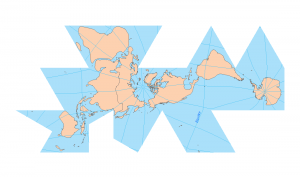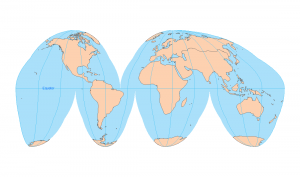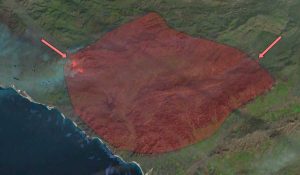XYZ Coordinates – Latitude, Longitude, Elevation

What Are XYZ in Coordinates?
XYZ coordinates represent a point’s location in three-dimensional space. While X and Y denote its position on the earth’s surface, Z indicates its elevation or altitude.
How Are XYZ Coordinates Written?
We write XYZ coordinates as three numbers separated by commas, like this: X, Y, Z.

- First, the “X” value indicates the east-west location. For example, this could be a longitude or easting coordinates.
- Secondly, the “Y” value shows how far north and south. For instance, we describe these as northing or latitude coordinates.
- Finally, the “Z” value tells us how high or low you are situated on the landscape. This is the elevation or altitude above sea level.
For example, Mount Everest’s XYZ coordinates are 27.988°N, 86.925°E, and 8,850m.
Datums and Geographic Coordinate Systems
Datums and coordinate systems work together to define the location of any point on the planet. Plus, it ensures we can compare spatial data from different sources.

A datum is a mathematical model of the Earth. It serves as the reference point for measuring locations on its surface. Since the Earth is not a perfect sphere, datums approximate its surface. A horizontal datum provides a baseline measurement.
Coordinate systems, on the other hand, are the geographic frameworks that allow us to define locations. They use a set of numbers known as coordinates. Projected coordinate systems use X (east-west), Y (north-south), and sometimes Z (elevation). The z-coordinate also requires a vertical datum.
The datum ensures that the coordinates are based on a consistent model of the Earth. The coordinate system provides a method to express locations within that model. Finally, XYZ coordinates offer a precise way to pinpoint locations and elevations based on a datum and coordinate system.
XYZ Locations and Positioning
XYZ coordinates provide a precise way to pinpoint locations. It takes into account both horizontal positioning and elevation.
By working within specific datums and coordinate systems, coordinates ensure consistency. This includes a point’s location in three-dimensional space.








